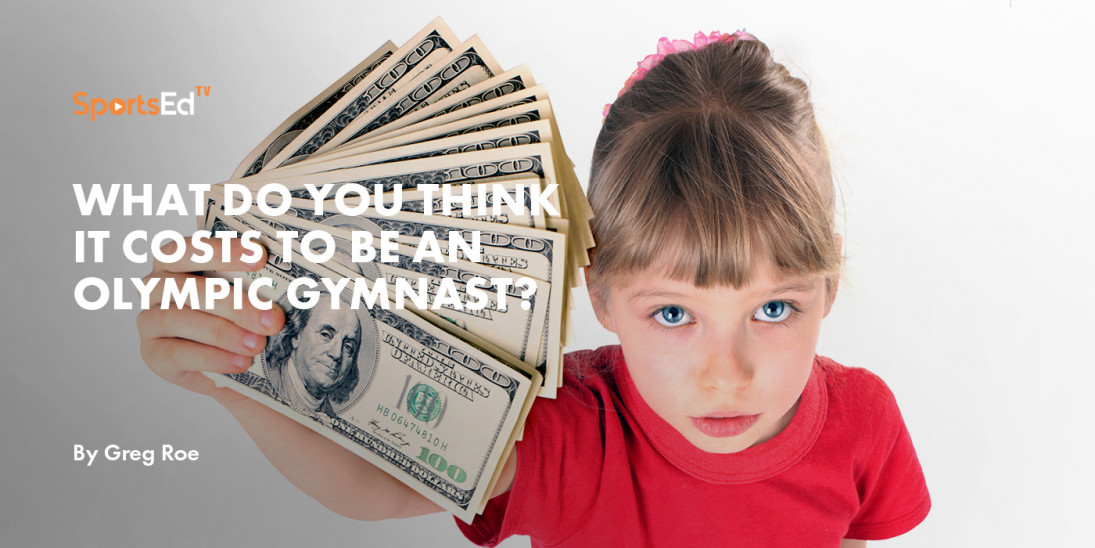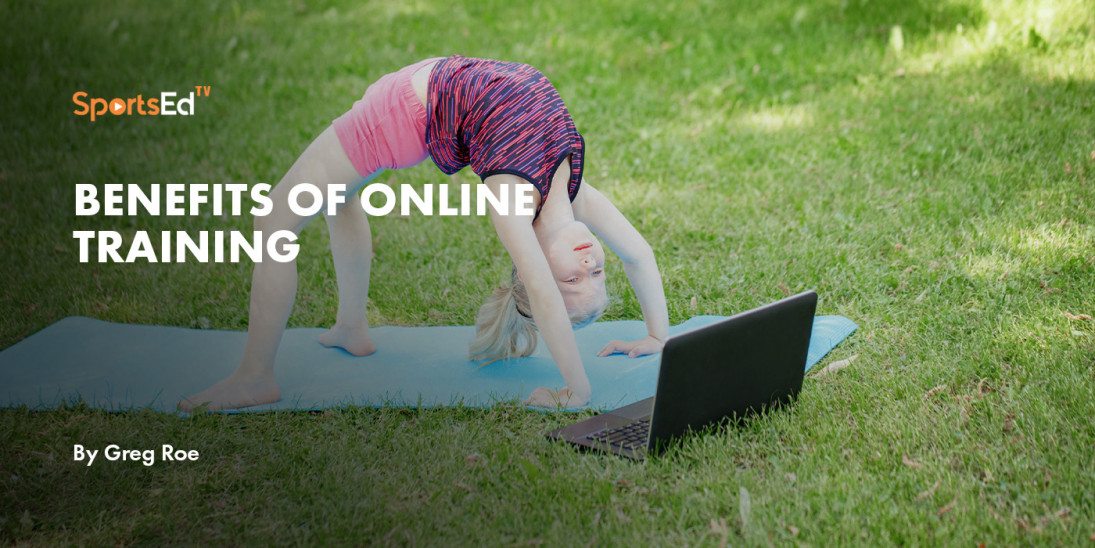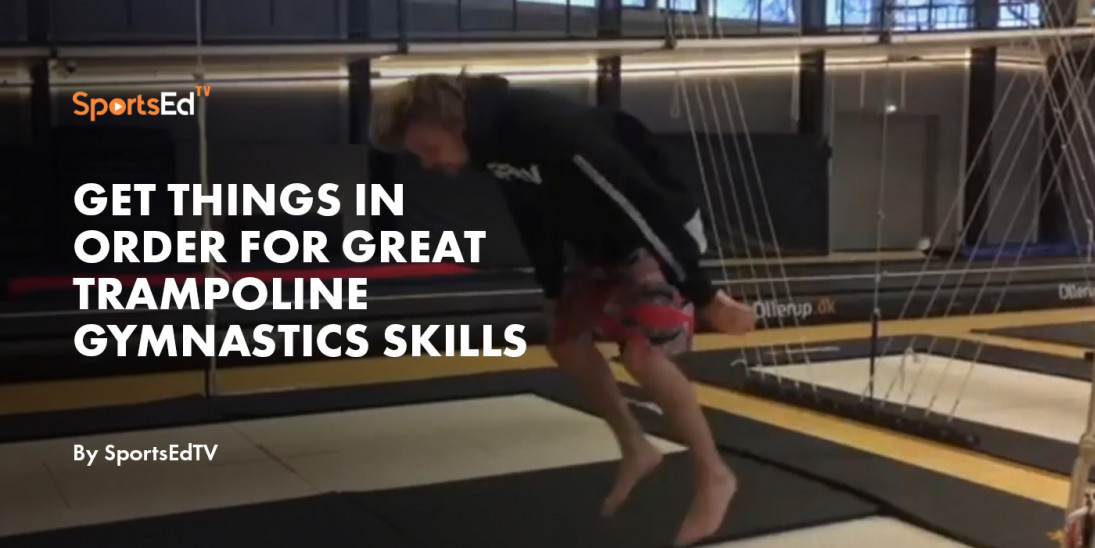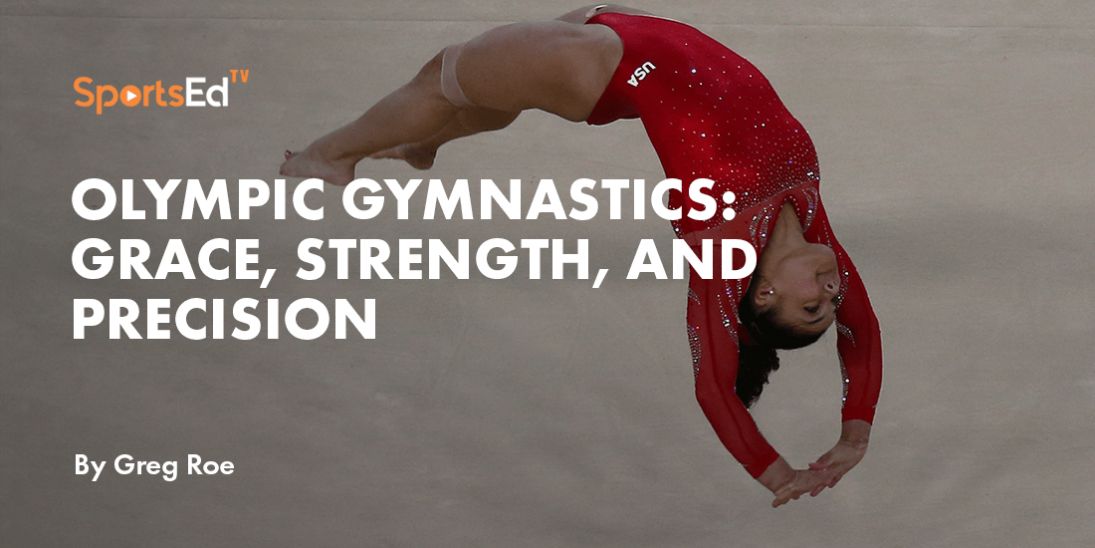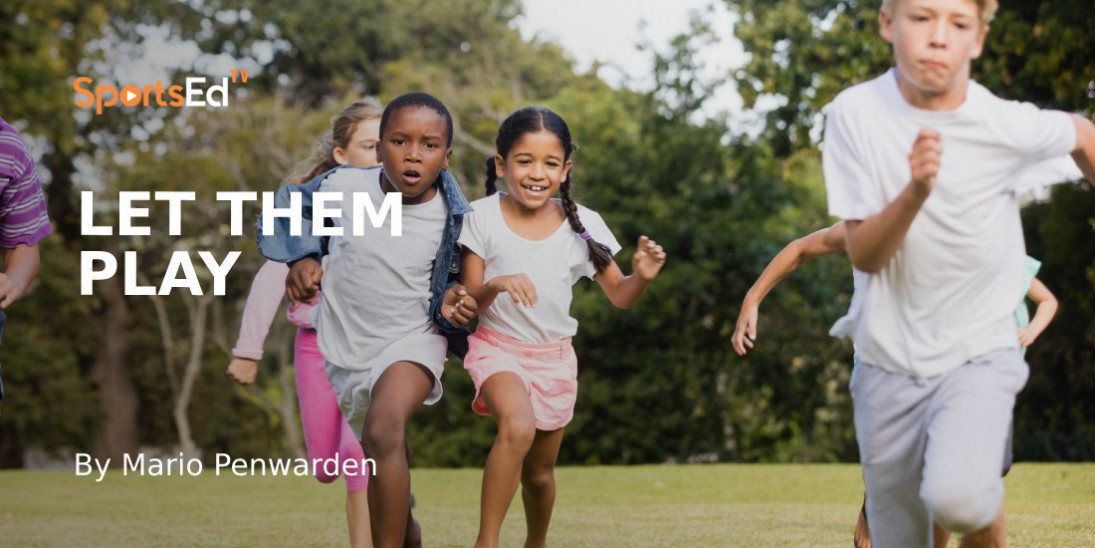Gymnastics, Physical Education
Welcome and thanks for visiting...

What Is Spatial Awareness and What Does it Mean for Acrobatic Training?
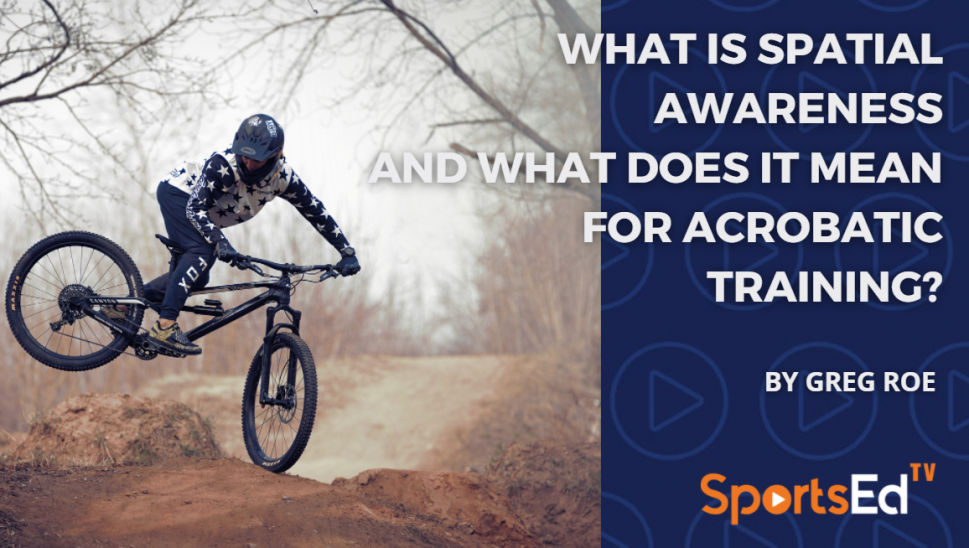
It is interesting that when you google search, Google Scholar search or PubMed search for different combinations of “Spatial Awareness” and “Gymnastics” or “Trampoline,” very few studies come up. You would think that since gymnastics and trampoline are all about spatial awareness, there would be a boatload of research. Since there is a lack of information about spatial awareness, I believe it would be good to take a look at at overview of Spatial Awareness to provide a simple pathway to success for all coaches and athletes. So what really is spatial awareness? It is nothing more than the ability for your brain to recognize where your body is in space and in time. Sounds confusing? It really isn’t. As you walk about the planet, your body has forces that are applied to it. Gravity is a force, other people in your way are a force. Stairs are a force and everything else you interact with is also a force in some way, including a trampoline. These forces are pushed onto you which moves your body and most of the time you never really notice it. Why do you not notice it?
That is because these kinds of daily forces have been put onto you ever since you were a baby learning to crawl, so you do not notice them anymore. Notions of ‘Time’ is simply your ability to compare these forces to each other which gives you a sense of how much force to apply for a given situation since all situations require different amounts of forces in different environments and in different time frames. Every time a force applies pressure to your body, it will change the shape of your body or at least put pressure on your skin which feels these forces as well. A half-lifted leg on a stair is a different position than having two feet firmly on the ground. When the brain senses this change in body position it sends that signal to the brain. The brain then amalgamates all of these different signals and creates your sense of ‘stepping up’ as a discrete isolated movement, even though hundreds of signals have been put together in the brain to allow you to do it. Most of these signals are much older than you are so in many ways your sense of spatial awareness is actually subconscious. These signals can’t be put together unless you have experienced them before either in your lifetime or your ancestors’ lifetime which stores these ‘forces’ in the DNA to be replicated.
Through my many years of coaching all levels of athletes in many different sports from Olympic Snowboarders to Wind Tunnel Flyers to Wakeboarders, I see a tendency for coaches to believe that specific linear training is the main way to train a skill. Yes, repeated patterns create habits, but habits are not always good and in a quick-thinking sport like acrobatics where athletes need to make real-time decisions, these habits can actually increase risk to the athlete because if they do not have alternatives to choose from, they will freeze up or potentially have an injury by failing to save themselves. An athlete who is not trained to amalgamate many different types of body movements, body trajectories and spatial orientations will simply be 2D ‘tight-rope walking’ as I call it. Sure, they will get across the rope if they never deviate from the center, but to assume this is possible or even sought after in the world of acrobatic action sports, is to assume that athletes will never deviate from the tight rope. From my many clinics and workshops with coaches and coaches even at accredited federations, I see that majority of coaches do coach this way and I would like to help coaches change the way they look at coaching.
Gymnastics and Trampoline coaches are so focused on the perfect alignment and the perfect postures in many body positions and tend to isolate these different ‘snap-shots’ of the skill and then try to piece them together afterwards. Sure, a coach will call it Newtonian Physics but that has been studied for ages so instead we need to take the next step in coaching and look at how the brain really interprets these forces; not how scientists do it after the fact. It is about understanding in the moment of, not in hindsight that will really make the difference between a great athlete and a just ‘OK’ one. Some coaches believe that if they master the F=MA equation and simply pull athletes into hyper-specific movements, that the athlete will now get spatial awareness. It is NOT true. This is NOT how your brain has done it over the years. The part of your brain that reads mathematical equations is NOT the same part of the brain that controls your movements or your concept of time. Wouldn’t a coach want to follow the biology that created the ability for a brain to even comprehend their movement in the Universe?
For this reason, we try to switch coaches thinking to a ‘real-time’ 3D model of acrobatics, where athletes learn to embrace all movements on all axes first and foremost before narrowing in on those specific habits that coaches call “routines.” Starting with a wide base of experiential, but controlled movements done in a safe environment will allow the brain to be comfortable with all kinds of body shapes and spatial orientations at a subconscious level, like your ability to step up a stair. Your ability to walk up a stair comes more from the back of the brain in the Cerebellum. The part of your brain that understands what F=MA means is the front of your brain, along with your ability to plan it in the first place; called the Neocortex. But what happens when your plans fail? That is when spatial awareness comes in.
You are not actually spatially aware if you already predicted the motor pattern and are perfectly on track. Spatial awareness rally comes in when you do NOT have a plan, or the plan is wrong and now you need an exit strategy. It is easy to think that humans consciously make a decision to move and then move, but in reality, majority of your movements and your beliefs are all subconscious, and you may not have as much control over your behaviors as many like to think. But, for spatial awareness, this quicker, subconscious pathway helps athletes make quicker decisions at all times during training and competing which will decrease injuries and increase medal counts. After the training, you can go and look at the textbooks, but in reality, DURING training, the Neocortex, which means “New Bark” in Latin is not as active as many think since it is actually the newest part of your brain. For this reason, it actually makes sense to not think of doing motor behaviors as solely a theoretical model, but instead think of them more as a subconscious behavior. The supplementary motor area, premotor cortex, and parietal association cortex to name a few are important in planning movements, but spatial awareness is about adapting to unplanned movements.
Coaches should be starting their athlete’s careers with as many different movements as possible and give athletes a gentle push to explore right from the get-go of their training before they get onto the 2D tight rope. They can have discrete drills and work on specifics, but coaches need to remember to train the subconscious adaptability in equal fashion. This will allow them to activate the ‘planning’ parts of the brain but also quickly activate the ‘uh-oh, that wasn’t part of the plan’ parts of the brain too.
I see coaches highly focused on the theory but rarely make a plan B which typically is actually the deciding factor in competitions and long-term success. Developing spatial awareness by exploring in a structured way all the different ‘trajectories’ the human body can go through will be like mentally placing mats around the trampoline. Sure, you want to assume you will not fall off but if that was a viable training mentality then you wouldn’t have end decks or mats. The same applies for developing spatial awareness. A few examples: Athletes should learn to bounce with small stuffed animals. Athletes should learn to make their stuffed animals be able to do flips that they want to do in the future. They should learn to draw stick figure stories that overall describe a skill’s rotation and trajectory like you see in the Code Of Points. Athletes should play trampoline video games as another form of external orientation to a rotating body. Athletes should experience a new movement every day; not necessarily a completed skill. Athletes should experience acrobatics in new environments every week. Athletes should learn from new coaches every week. Athletes should try new sports every week. Athletes should train with different athletes every week. Etc.
What is the similarity between all of these concepts? They give the athletes new perspectives; some with their own body and some with other external orientations like in acrobatic video games. Remember, spatial awareness is nothing more than the cumulation of new experiences (forces), real or imaginary placed on the body over time that then become subconscious after many years of repetition. Coaches may think that spatial awareness should be conscious. It isn’t! Athlete A who can do 30 variations of a basic front flip will learn the next steps quicker and reduce injuries compared to Athlete B who only knows tuck, pike and straight. If the Code of Points ‘is’ your training program (as often is), then I would start thinking about adding in new movements no matter what the rules say. Stepping up a stair actually was taught to you long before that first stair ever appeared. You had learned to lift your leg to even walk in the first place, which came before mastering the stairs. Standing was taught to you long before walking Etc.
The stair step in question really is just the ‘next step’ (pun intended) in your motor pattern development and not an actual ‘skill in itself. When you see all acrobatic movements as simply extensions or continued trajectories from the previous degrees of rotation, then acrobatics becomes really easy to do and to coach. Coaches and competition coordinators will have “completed” skills, but in biology, there is not really a notion of completed, but of ‘Next.’ Even when you ‘Complete’ the back flip, your body is still doing internal rotations between the body segments to walk back into line which is technically still a continuous trajectory of rotation. This means that skills never really start and finish, only our labels of specific parts of human trajectories have such defined absolutes.
You can look at a human life as one long acrobatic rotation from a biological perspective. Remember that coaches when you get frustrated because a skill was ‘not completed.’ It just wasn’t completed yet, so do not worry. So, coaches, a rule of thumb is to make your warm up different every day, change your conditioning up regularly as well. Research shows that after a few weeks of the same conditioning program, the gains are reduced so you should be changing it up anyways, but here is yet another reason to do so. You can still target the same muscle groups but do it differently as often as possible especially at the younger ages, so athletes learn to adapt and take those different experiences, trajectories and amalgamate them early on so they have many mental metaphorical ‘mats’ placed around their ‘training.’ By the time the athlete is older they will have a much ‘wider’ subconscious motor pattern base, meaning that when they need to calculate a lifesaving body shape modification in real-time which was unplanned, they can subconsciously look in their brain in real-time to find the solution because they actually have a wide range of stimuli to pick from already stored. Can’t shoot an arrow if your quiver is empty; so, stockpile your trajectories early on so you can use them anytime to save yourself.
I have seen so many athletes and coaches that focus on competition first so they create this 2D ‘tightrope’ walking mentality and then training is always more stressful and even less rewarding since the athlete is not really learning as much as they could be. They are also working so much harder than they have to. I see coaches and athletes almost in tears just struggling since they are always trying to map on a perfect theoretical model from the Neocortex to what is really a lot more of a subconscious behavior. Once you lower your cortisol levels by exploring regularly, you will feel more confident with all new skills in the Code of Points as well. It isn’t just about being aware, it is about building confidence.
Robots can now do backflips so that shows you how programmed human movement can be if you just do the same pattern over and over again. Problem is that the robot can’t make effective adjustments in real time yet so you can’t really call it spatial awareness. I think the future of education in gymnastics is about empowering athletes to move more freely so they do not feel like a robot with the same 2D binary instructions that the technicians (coaches) put into the robot. Athletes will begin to make calculations in real time that help decrease injuries and lower their stress levels since they have many other experiences to fall back on when things are not going right in that one moment. This ability has saved my own life countless times.
As a closing point, let’s look at the fast-growing field of Artificial General Intelligence (AGI). It is now the task of many tech teams all over the world to create a robot that actually has AGI. AGI is the ability for a robot to actually self-learn. How are they doing it? They are dumping huge amounts of data into computers that bombard robots with so much different information that the robots start actually solving problems in ‘real time’ like humans because they have so much information to choose from. Notice how they are increasing the robot’s ability to make calculations in real-time (which is what spatial awareness is) by giving the robots new experiences? Training a robot to have AGI is no different than training an athlete to have Spatial Awareness; you simply have to continuously give it new information from different perspectives and within different environments and provide a steady degree-by-degree pathway for these athletes that creates a storyline.
They can contemplate theoretical models AFTER training with a nice classical textbook of course but you need to train both aspects. They will become self-aware, which I could argue that athletes really are NOT at this stage of acrobatic education. I have done a bunch of studies clearly showing that athletes have not become self-aware yet and that they recite what the coaches tell them without much actual thought. I have seen this at the highest levels as well with Olympians. I still see a world where technicians (coaches) are simply programming a robot for a specific outcome at the Olympics and that is the end of the story. AI researchers actually call this “Narrow AI” like my 2D tight-rope walking analogy. What a world we could live in where acrobats had true spatial ‘General’ awareness (SGA) and could self-regulate their own training like the teams at Google, Deep Dive and IBM are training robots to do… Coaches lives would get easier, athletes would improve faster, get less injuries and maybe even come up with their own skills to increase audience retention for TV Networks who will then dump more money into the system for everyone’s benefit. The upsides are enormous if athletes start taking control over their own training
